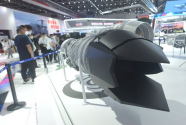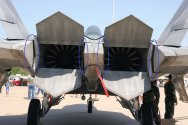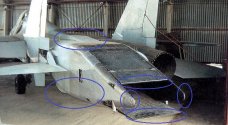Perhaps what is happening is that the 100+ per year of the initial J20 model was the outlier, and was only necessary at this stage.That's what I find to be odd.
Given the geopolitical landscape of present and in the near future (at least towards the end of this decade), shouldn't Chengdu be maintaining the production rate of the J-20s?
Given that Chengdu is already capable of procuring 100x J-20s per year right now, that means the AECC can produce at least 200 WS-10Cs per year too. Simply put, production capacity isn't the issue here.
Coupled with the above geopolitical development, shouldn't Chengdu be able to maintain the similar J-20 production rates, while working in conjuction with AECC to gradually replace the WS-10C production lines with WS-15 production lines (and hence, J-20 production lines with J-20A production lines)?
Of course, there could be other factors at play, such as the introduction of J-35A(?) into PLAAF service which can alleviate the number of J-20s needed by the PLAAF; and/or the number of squadrons in the PLAAF deemed necessary for conversion to the J-20 declining over the years; and/or the anticipation of the 6DJ-XX and loyal wingman UCAVs that should enter service with the PLAAF by the 2030s - Any or all of which can certainly impact the scale of procurement of the J-20 by the PLAAF.
Perhaps the actual planned rate maybe be closer to 60 J-20A’s a year, for example, which would give 600 over a decade, which seems like a good number and timeline to me.
EDIT:
I have also been thinking about whether the J-20 with WS-10 and the J20-A with WS-15 could be produced alongside each other as a combination. The WS-15 engine is optimized for high altitude, so we can see a situation where J-20A is at 20km altitude and J-20 is at 10km. Working together.
In this case both J-20 and J-20A production could be 100+ a year, combined.
Last edited:



